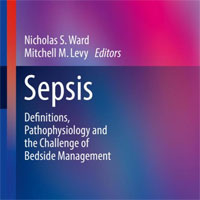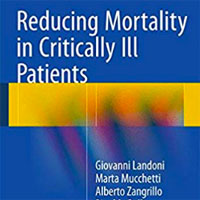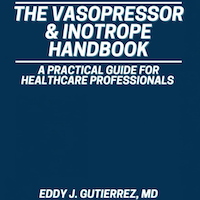Tag: PEEP
Potentially modifiable factors contributing to outcome from acute respiratory distress syndrome: the LUNG SAFE study
Higher PEEP, lower peak, plateau, and driving pressures, and lower respiratory rate are associated with improved survival from ARDS.... read more









